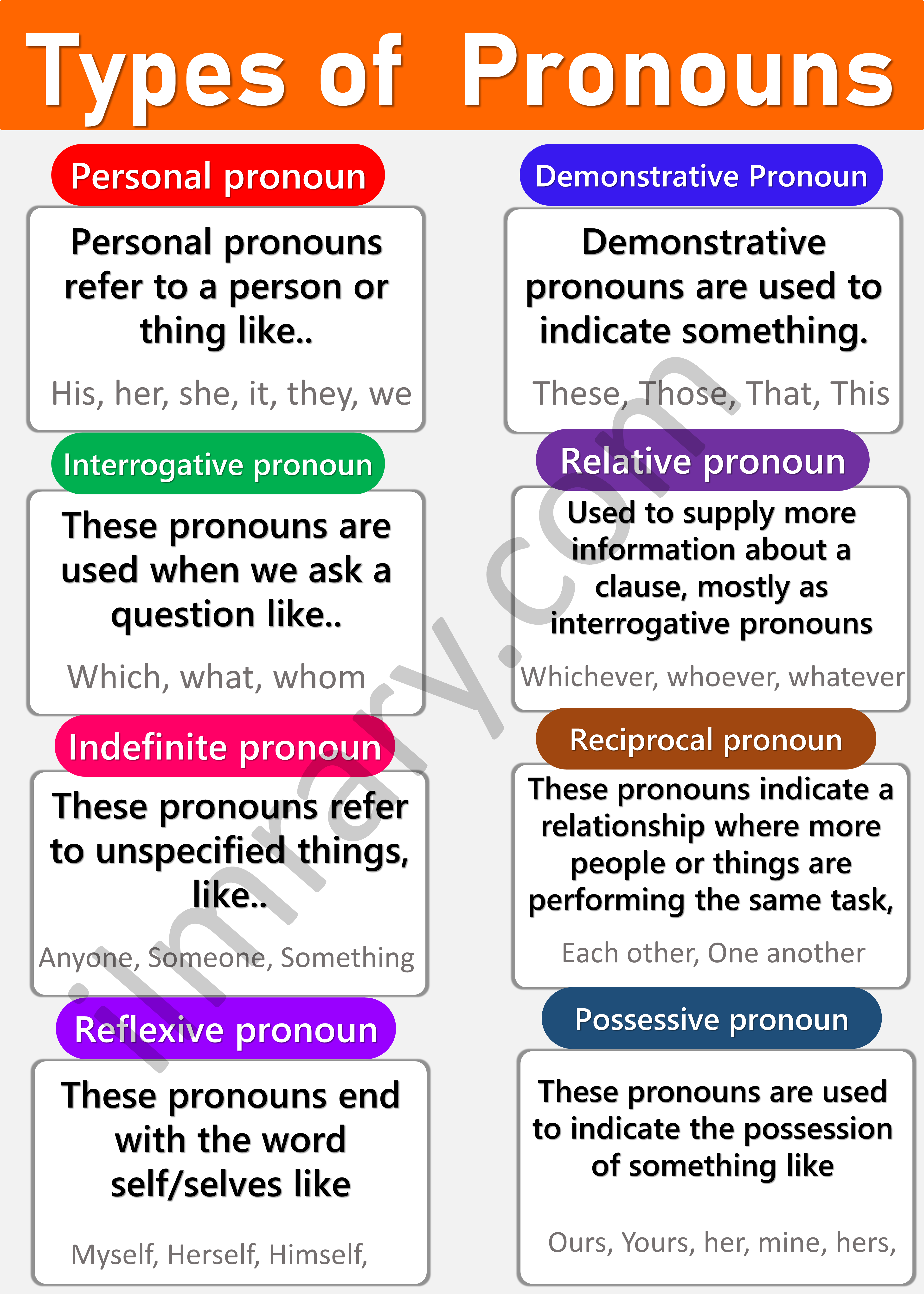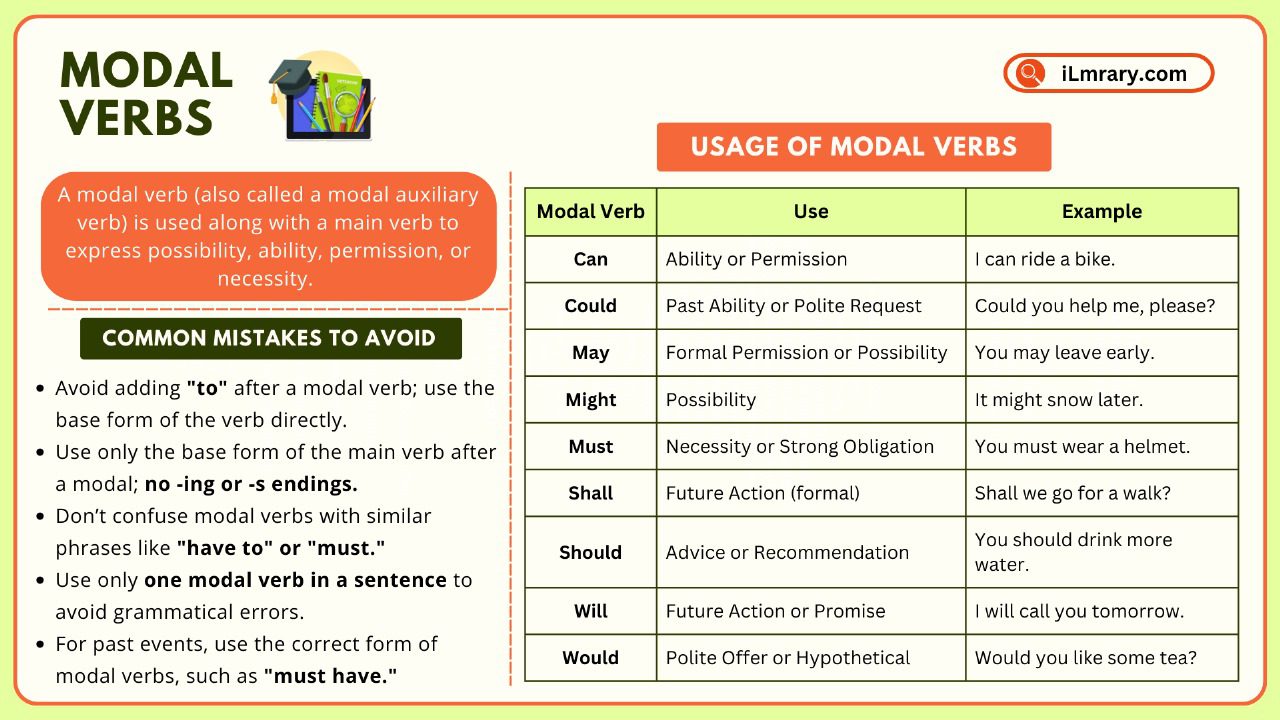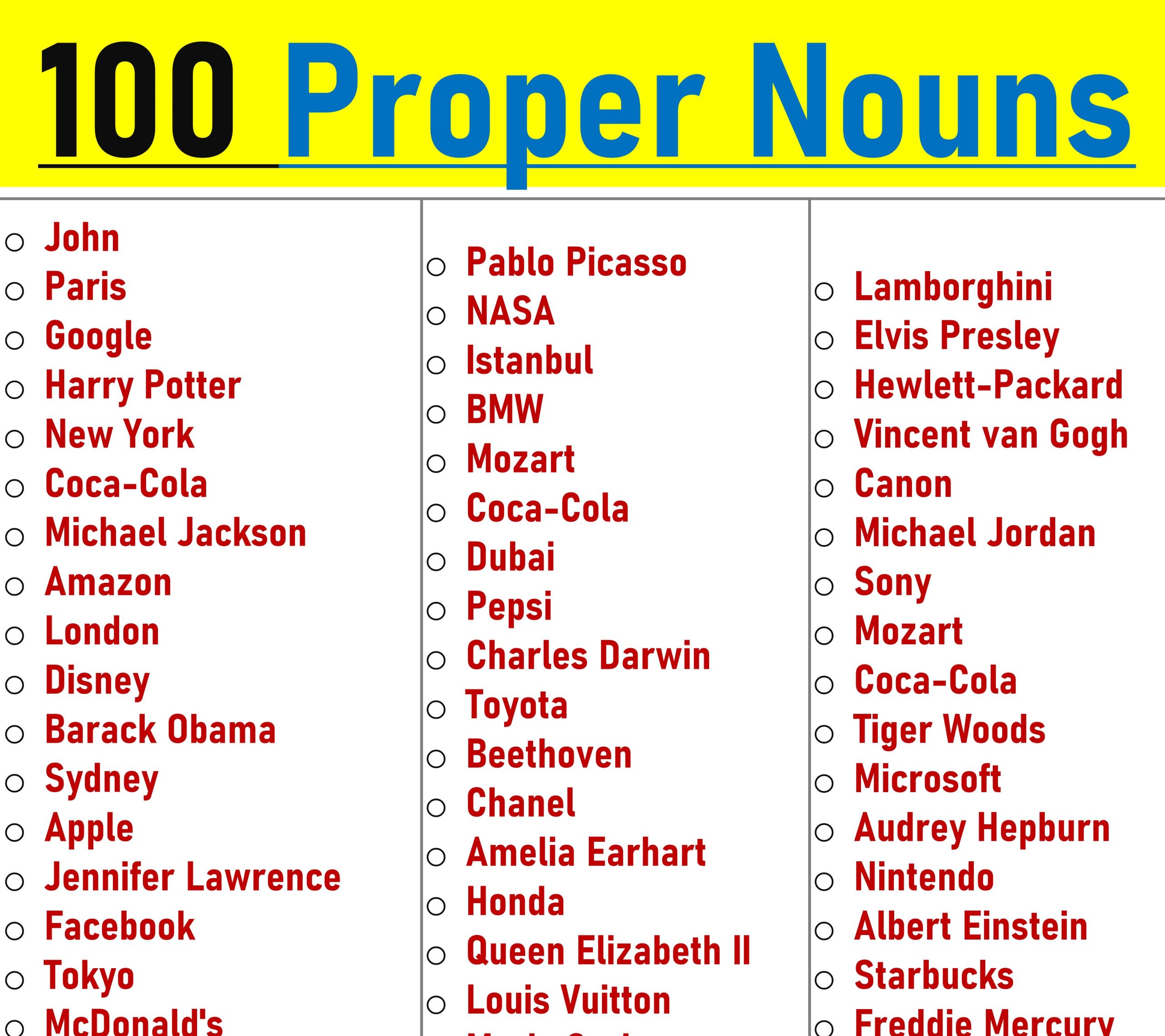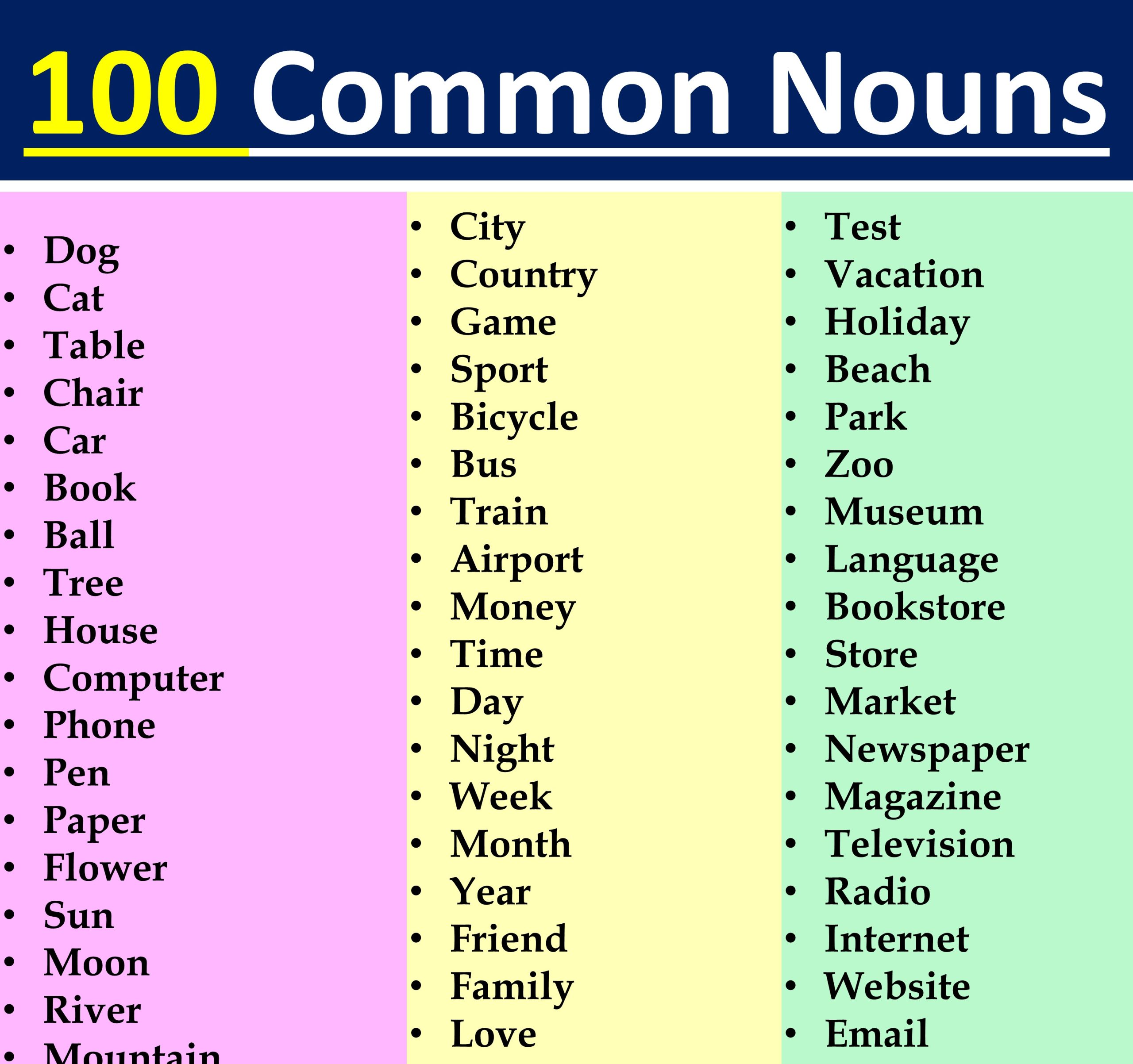A pronoun is a word that replaces a noun in a sentence to avoid repetition. It can represent people, things, places, or ideas. Pronouns make sentences shorter and more fluid by substituting nouns. There are various types of pronouns, each serving a unique purpose, and understanding them is crucial for effective communication in English.
Contents
What is a Pronoun?
A pronoun is a word used to replace a noun or noun phrase to avoid repetition. It can be used in place of a noun representing a person, thing, place, or idea. Using pronouns makes sentences shorter and less repetitive, making communication smoother.
- He is a good student. (In this sentence, “He” is a pronoun replacing the name of a male person.)
- They will arrive soon. (In this sentence, “They” is a pronoun referring to a group of people.)
- It is raining outside. (Here, “It” refers to the weather.)
Types of Pronouns
- Personal Pronouns
- Demonstrative Pronouns
- Interrogative Pronouns
- Relative Pronouns
- Indefinite Pronouns
- Reciprocal Pronouns
- Dummy Pronouns
- Reflexive Pronouns
- Intensive Pronouns
- Possessive Pronouns
1. Personal Pronouns
Personal pronouns refer to specific people or things and are used to replace nouns in sentences.
Example Words: I, You, He, She, It, We, They
Example Sentences:
- I love reading books.
- She is my best friend.
- They are going to the market.
2. Demonstrative Pronouns
Demonstrative pronouns are used to indicate or point to something specific.
Example Words: This, That, These, Those
Example Sentences:
- This is my favorite book.
- Those shoes are on sale.
- These cookies are delicious.
3. Interrogative Pronouns
Interrogative pronouns are used to ask questions.
Example Words: Who, What, Which, Whom
Example Sentences:
- Who is coming to the party?
- What do you want for dinner?
- Whom did you invite to the meeting?
4. Relative Pronouns
Relative pronouns introduce relative clauses and connect them to the rest of the sentence.
Example Words: Who, Whom, Which, That, Whose
Example Sentences:
- The girl who is sitting next to me is my cousin.
- This is the book that I wanted to read.
- He is the person whom I admire.
5. Indefinite Pronouns
Indefinite pronouns refer to non-specific persons or things.
Example Words: Someone, Anyone, Everyone, Something, Anything, Nothing
Example Sentences:
- Someone left their umbrella in the classroom.
- Anybody can join the class.
- Nothing is impossible if you try.
6. Reciprocal Pronouns
Reciprocal pronouns refer to actions or feelings that are shared between two or more people.
Example Words: Each other, One another
Example Sentences:
- They helped each other during the project.
- The two friends trust one another deeply.
7. Dummy Pronouns
Dummy pronouns are used to fill a sentence structure but do not have any meaning on their own.
Example Words: It, There
Example Sentences:
- It is raining heavily today.
- There is a book on the table.
8. Reflexive Pronouns
Reflexive pronouns refer back to the subject of the sentence. These pronouns end in -self or -selves.
Example Words: Myself, Yourself, Himself, Herself, Itself, Ourselves, Themselves
Example Sentences:
- I did it myself.
- She hurt herself while playing.
- We enjoyed ourselves at the party.
9. Intensive Pronouns
Intensive pronouns are used to emphasize a noun or pronoun and are similar to reflexive pronouns.
Example Words: Myself, Yourself, Himself, Herself, Itself, Ourselves, Themselves
Example Sentences:
- I myself will handle this issue.
- He himself gave the presentation.
- She did the work herself.
10. Possessive Pronouns
Possessive pronouns show ownership or possession.
Example Words: Mine, Yours, His, Hers, Ours, Theirs
Example Sentences:
- This book is mine.
- The house next door is theirs.
- This pen is yours.
Why learning pronouns?
Frequently Asked Questions
1. What is a pronoun?
A pronoun is a word that replaces a noun in a sentence. It helps to avoid repetition and make sentences clearer and shorter. Examples include he, she, it, they, etc.
2. What are the different types of pronouns?
Pronouns are of various types: personal, demonstrative, interrogative, relative, indefinite, reciprocal, dummy, reflexive, intensive, and possessive pronouns.
3. How do you use reflexive pronouns?
Reflexive pronouns are used when the subject and the object of the sentence are the same. For example, I did it myself or She taught herself.
4. What is the difference between reflexive and intensive pronouns?
Reflexive pronouns show that the subject is doing something to itself, while intensive pronouns are used to emphasize the noun or pronoun. For example, I made it myself (reflexive) vs. I myself made it (intensive).
5. Can pronouns be used in the plural form?
Yes, pronouns can be singular or plural. For example, he (singular) and they (plural), or myself (singular) and ourselves (plural).
You May Also Like






